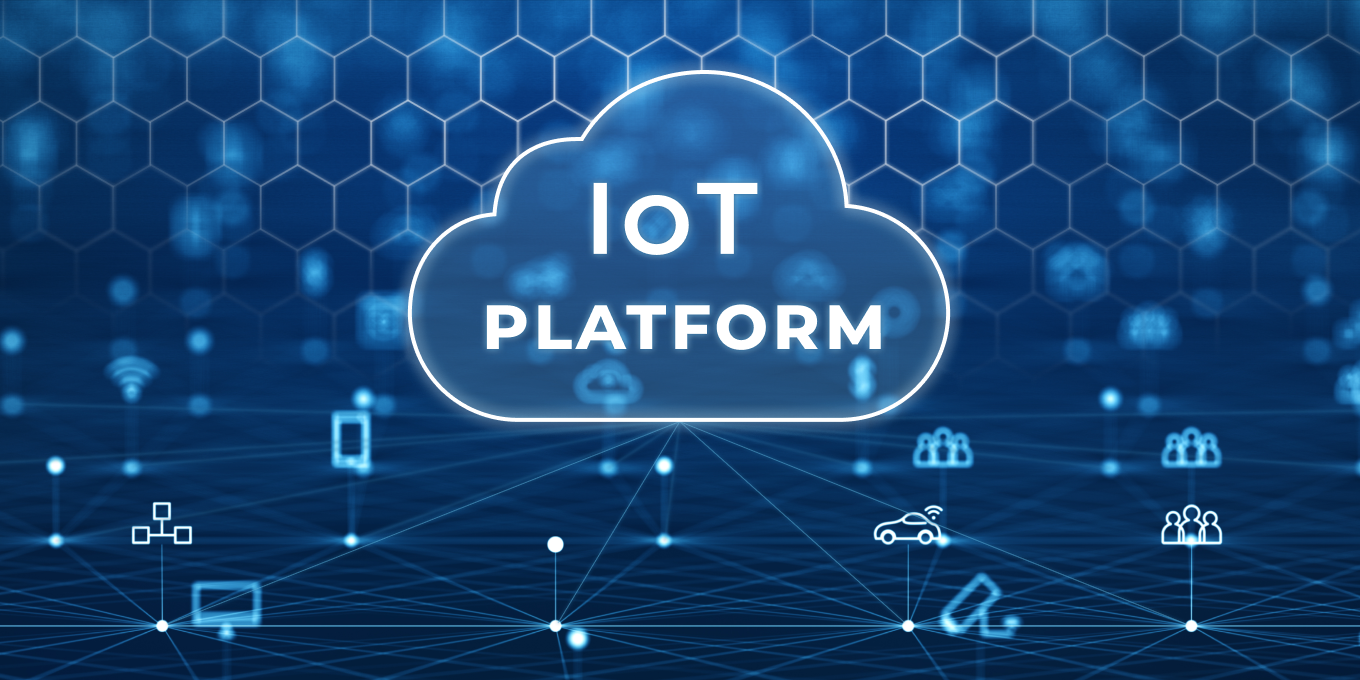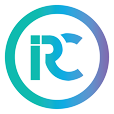5 years prior, when we guage that the IoT stages market would have a 5-year build yearly development rate (CAGR) of 35%, we contemplated whether our development projection was ridiculously high.
After 5 years, it has become evident that the gauge was entirely low. The IoT Platforms market somewhere in the range of 2015 and 2020 developed to be $800 million bigger than we guage back in mid 2016, bringing about a faltering 48% CAGR.
Looking at what we “knew” back in 2016 to what we realize today gives a few insights with respect to why the market surpassed assumptions to such an extent. 5 years prior, nobody truly understood what an IoT stage was, not to mention how enormous the market would be, which plans of action would work, how structures would advance, and which organizations/ventures would receive them. The lone thing that was “known” was that the IoT stages market was a billion dollar “blue sea” opportunity fit to be caught by inventive organizations.
Today we have a touch greater lucidity on these themes, as the IoT stages market has developed into a more adult (yet quickly developing ) $5 billion market. In view of our most recent IoT Platforms Market Report 2021-2026, this article takes a gander at 5 things to think about the IoT stages market today and analyzes these things to think about IoT stages investigation we distributed in mid 2016.
1. IoT Platform Definition: The Functionality of IoT Platforms has Expanded
IoT Platforms Definition Architecture 2016 versus 2021
“IoT stage” is as yet a moderately uncertain expression that implies various things to various individuals (similar as the expression “edge figuring”). Prior to addressing the inquiry “What is an IoT stage?” one necessities to respond to the inquiry “What is a stage?”. A stage is a gathering of advancements that are utilized as a base whereupon different applications, cycles, administrations, or advances are created. Stages can be equipment (e.g., chips, gadgets) or programming. Sorts of programming stages incorporate working frameworks, improvement conditions (e.g., Java, .NET), and computerized stages. Advanced stages are profoundly configurable/extensible programming apparatuses that sit above customary improvement stages. There are a few sorts of advanced stages, including social (e.g., Facebook, LinkedIn), commercial center (e.g., Amazon, application stores), and IoT stages. IoT Platform definition: An IoT stage is a sort of computerized stage that is utilized for building and overseeing IoT arrangements.
The usefulness of IoT stages (and ensuing definition) has advanced as the volume, assortment, and speed of information that IoT arrangements manage has expanded in the course of recent years. IoT Analytics’ meaning of an IoT stage has changed as the usefulness of IoT stages has extended. The image above analyzes how IoT Analytics characterized 8 parts of an IoT stage in 2016 with the IoT Platform definition today – assembled into 24 subcomponents. A considerable lot of the present parts are like those in the 2016 engineering, however current IoT stages have gotten more particular (e.g., zeroing in on gadget the executives or telco the board), more measured (e.g., through microservices), and more information driven (by offering information the board/enablement segments) in nature. The 2021 definition better mirrors the truth of the present current IoT stages by sectioning them into four unmistakable layers, every one of which can comprise of a few segments and additionally subcomponents. The four principle layers are:
Application the board/enablement – giving the capacity to quickly create, test, and consistently oversee IoT applications
Information the executives/enablement – giving the capacity to ingest, store, and break down information from IoT gadgets
Telco the executives – giving broadcast communications organizations the capacity to deal with the availability to IoT gadgets at scale
Gadget the executives – giving the capacity to distantly arrange, screen, and oversee IoT gadgets, including over-the-air refreshes
2. IoT Platforms Market: Growth Has Exceeded Expectations, Driven by Cloud Hyperscalers
IoT Platforms Market Size – 2015 Forecast versus 2020 Actuals
Back in mid 2016, IoT Analytics estimated that the IoT stages market would arrive at $1.3B by 2020. Our most recent report measures the market at $5.0B in 2020 – practically 4x greater than we projected in our 2016 report. In any case, this is somewhat of an illogical examination, as a huge piece of this underestimation can be clarified by our extended meaning of an IoT stage (from simply considering application enablement stages to now considering 4 fundamental stage types). Looking at just the application the board/enablement part of the IoT stages report actually yields a fairly lowering (from a conjecture precision viewpoint) result; the market is ~60% (or ~$0.8 billion) bigger than we anticipated it would be back in 2016. Truth be told, the IoT stages market developed at an amazing yearly development pace of 48% somewhere in the range of 2015 and 2020, essentially higher than the 35% we determined.
A major bit of the development in the IoT stages market can be credited to quick income development acknowledged by the cloud hyperscalers (most prominently Microsoft and AWS), who were scarcely dunking their toes into IoT back in mid 2016. Indeed, AWS IoT Core turned out to be for the most part accessible in December 2015 and Microsoft’s Azure IoT Hub didn’t arrive at GA status until February 2016. Organizations like PTC, Ayla Networks, General Electric, and Cisco entered the IoT stages market sooner than the cloud suppliers, however in the long run acknowledged they expected to band together with (as opposed to rival) the cloud hyperscalers to remain pertinent. A major piece of the cloud hyperscalers’ prosperity is their huge interests in IoT which have yielded many new worth making items and administrations for IoT end clients in the course of recent years. AWS began with one help called AWS IoT and now offers in any event 8 IoT-related administrations including AWS IoT Greengrass, AWS IoT Device Defender, AWS IoT Device Management, and others. Regardless of many IoT stages available, hyperscalers, as per our gauge, caught ~30% of the complete IoT stages market in 2020.
“In Q2 2019, we shut 35 arrangements along with Microsoft, generally significantly increased the arrangement check of Q1 2019, and the dynamic co-sell pipeline has developed to 240. While Microsoft was at first imagined to be a significant component of our shrewd associated items go-to-advertise procedure, we are starting to close various arrangements in manufacturing plant and AR use cases with them.”
3. IoT Platform Business Models: New Pricing Strategies and Revenue Streams Have Emerged
The passageway of the cloud hyperscaler monsters into the market in mid 2016 gave approval that the IoT stage market opportunity was genuine. The passage (in addition to other things) likewise prompted the development of new valuing and income methodologies for new and existing IoT stage sellers.
New evaluating systems/topics that have arisen include:
- More membership evaluating (e.g., PTC progressed ThingWorx to 100% membership in mid 2019)
- More granular estimating (e.g., ThingLogix charges dependent on the quantity of Foundry occasions devoured)
- More unpredictable estimating (e.g., AWS IoT Core was at first evaluated dependent on number of messages sent, presently each assistance has a special valuing plan dependent on an assortment of measurements, for example, “things enlisted”, “examination process units”, and others)
- More (yet uncommon) result based estimating (e.g., Relayr’s “business result as a help” arrangements)
- New income streams – OEMs
Our 2016 article on IoT Platforms featured the way that information that is gathered by IoT stages will prompt the making of IoT administrations for associated organizations. Today, item organizations (OEMs) are utilizing IoT stages to effectively add IoT network to their contributions and empower new associated programming/administration income streams close by their gear/items (see our IoT Commercialization and Business Model Report for more data).
New income streams – Vendors
The present IoT stage market gives income openings past conventional stage incomes, including:
Applications. Both stage merchants themselves and outsiders are adapting the applications based on top of IoT stages (e.g., Siemens’ Closed-Loop Foundation application for MindSphere, Edge2Web’s Director application for MindSphere)
Process framework. Cloud hyperscalers are acknowledging IaaS income by facilitating other organizations’ IoT stages on their framework (e.g., MachineMetrics on AWS, Uptake on Azure, Oden Technologies on Google Cloud).
Administrations. Stage sellers themselves just as outsider frameworks integrators offer administrations identified with planning, incorporating, and working IoT stages (see our blog entry on IoT framework coordination administrations for more information).
Telco organizations are packaging their own IoT stages with availability administrations (e.g., Verizon’s organization + ThingSpace) or incorporating with existing IoT stages to give consistent network (e.g., Eseye + AWS).
Start to finish arrangements. As the stage layer turns out to be less separated, organizations are progressively offering more vertical or use case explicit arrangements that incorporate equipment and programming and influence some basic IoT stage innovation (e.g., ABB Ability arrangements, AWS Monitron).
Cloud hyperscalers are catching an expanding measure of stage income (by means of PaaS) just as figure foundation income by giving IaaS to other stage suppliers moving their contributions to the cloud. Not having any desire to contend with the hyperscalers, non-hyperscaler sellers are progressively zeroing in on more upward explicit applications.








